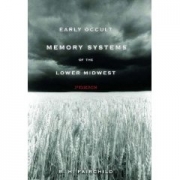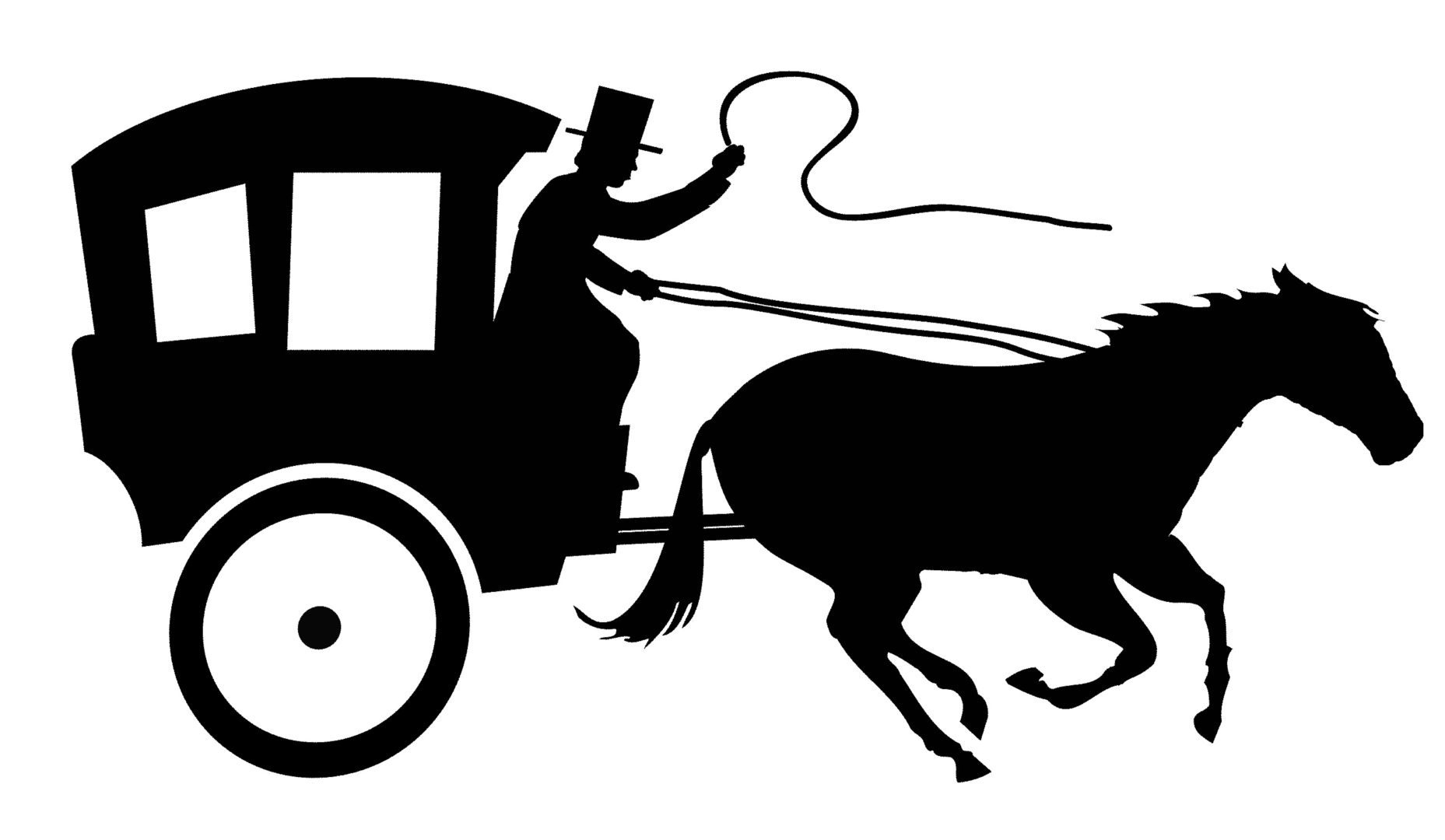John Poch

by B.H. Fairchild
Norton
2004
$14.95
B.H. Fairchild’s Early Occult Memory Systems of the Lower Midwest had to be a daunting task not because of its one hundred twenty plus pages but because it follows Fairchild’s Art of the Lathe (Alice James Books 1998), winner of around a dozen national awards.
The difference between the new book and the last is, primarily, two-fold: a long narrative poem forms the centerpiece of the book rather than introducing the book and a tighter formal reign keeps these poems more measured and steady, so they sound more like poems. In fact, the excellence of Fairchild’s formal talents (“Weather Report” and “Delivering Eggs to the Girls’ Dorms”) places him closer to major poets like Anthony Hecht and Richard Wilbur and away from minor poets Philip Levine and Donald Justice (Justice can write a formal poem, but he has always gotten too much credit for it). And, as with Levine and Justice, the working man and nostalgia are the subject matter for many of the poems, but Fairchild’s workers are more stoic and complex than Levine’s. What’s more, Fairchild’s nostalgia not only honors the past (see Justice) but also informs the present and even moves into the future (see “History,” “The Death of a Psychic” and “The Memory of a Possible Future”). Fairchild’s memories ask questions about themselves, never afraid to doubt out loud.
There’s a profound reverence for religion throughout the best poems, but no religious subject matter overwhelms the book. “Holy Rollers, Snyder, Texas, 1951”; “On the Passing of Jesus Freaks from the College Classroom”; and “At the Café de Flore” all partake of this acute introspection. “The Deposition” is a crucifixion poem written much like Auden might have done it, elegantly and with the greatest restraint. As in “The Shield of Achilles,” told so matter-of-factly, the reader is there, at and in the event, implicated with quiet authority.
The best poems in the collection are the shorter lyrics. There are fine poems that will go over well at readings (“Brazil,” “Rave On” and “Luck” — who wouldn’t want to hear these read aloud?), but these are not the poems that mesmerize the reader into closer and closer readings alone in a room. You want to read a poem like “Brazil” aloud to all your friends. But “Delivering Eggs to the Girls? Dorm” needs to be seen in print in all its formal intricacy:
For me it was the cherry blossoms flooding
Olive Street and softening the dawn,
the windows flung open in a yawn,
billowing curtains pregnant with the breeze,
the sounds of Procul Harum entering the air,
and fifty girls rising in their underwear.
O lost love. My girl and I had just split up.
The leaves of chestnut trees were rinsed in black,
the wind moaned grief, the moon was on the rack.
Humped over, stacking egg-crates in my Ford,
I was Charles Laughton ringing bells at Notre Dame–
spurned, wounded, but still in love with Sheila Baum.
Arriving at the gates of paradise,
I rang the service bell to wait on
Mrs. Cornish in her saintly apron
fumbling at the door, and the raucous gush
of female voices when she opened it. The flour
in her beard announced the darkness of the hour:
You’re late. The hiss of bacon, pancake batter
as it kissed the grill, were a swarm of snakes to warn
the innocent away. Inside were virgins born,
like Sheila Baum, to stay that way. Outside
stood the egg man, despairing in his oval fate:
fifty girls staring, eggless, at an empty plate.
They may still be staring there. For emptiness
became my theme, sweeping eggshells
from my car, driving empty streets, fall’s
cherry trees as bare as dormitory walls
washed by September rains. And the bells of Notre Dame
were as still as the broken shell of my dream of Sheila Baum.
Deceptively simple, isn’t it? Fairchild’s poems are often as well-wrought and humble as their subjects. The poem needs to be mapped, diagrammed, scanned, studied under ultraviolet lights, then, maybe, eaten. This poem is so palpable and sweet with language that you could eat it. The diction of the poem emasculates the speaker while intensifying those around him. He is the one with the eggs, remember, while the girls are “eggless.” And the words throughout taunt the speaker: “pregnant,” “underwear,” “moon,” “kissed,” “snakes,” “cherry,” and “bare” almost innocently appear in this fairly short poem. The sexual tension is maddening, in the best way possible. Effective line breaks abound here (“The flour / in her beard” or “Outside / stood” or “emptiness / became”) and other subtleties amaze like the many internal rhymes and the anagramatic “bells” reduced to “the broken shell” in that wonderful last line.
I imagine most reviews will speak in awe of the long poem, “The Blue Buick: A Narrative,” and rightly so. I haven’t read a long narrative poem this good since Fairchild’s last book was published. And this one’s tighter in its formal control. The scope and the movement of the poem are grand, but there are lapses in its rhythm. One wishes Fairchild would have labored over the metrical aspects of the poem a couple more months or years. “The Blue Buick” (around 800 lines) captures the strengths and the weaknesses of the book. The lines can be beautifully measured:
The idling engine made the headlights shudder
so her body shimmered in a kind of silver foam,
and then turning quickly in a sweeping motion
into the center of the light, she stopped, froze,
but they can be awfully flat:
Since Paris, Roy
and Maria had been apart just once, when he ran off
to Bakersfield and she chose to stay behind, working
in L.A. with Bronislava Nijinska at her studio
in Hollywood, trying hard to breathe new life
into a ballet career that had never grown beyond
the corps of the smallest company in Paris.
This is prose broken into lines. Of course, the story has to be told, but in a poem, it needs to be told in poetry.
If the book is “about” anything, it’s about memory. The bookend poems are memory poems: “Memory” in the titles and Memory (with a capital M) at the heart of the meditations. But Fairchild’s is not the kind of memory that most of our budding contemporary poets use as a tool — not just personal memory, however valuable, however genuine and poignant. A reader gets a sense here, because of the quality of setting and scope through language, that memories, however acutely personal, should have the power of history. However, these bookends are two of the less striking poems in the book. They explain what many of the other poems do. They are Legends, or Notes to the book. They are lists of memories more than anything else, remaining personal and symbolic to the writer. In “The Memory Palace,” a list of memories is ordered according to two templates: 1.) fragments of James Agee’s prose, and 2.) the architecture/space of a machine shop. This arrangement of the past does not order the memories in any satisfactory way. “The Memory Palace” is only a medley compared to the poems in which Fairchild assesses each memory for its inherent value.
Shakespeare, in The Sonnets, understood that Time is a bother, a nuisance, and a frustrating hope. In Fairchild’s title poem, he, as a boy, discovers a way to control at least one aspect of time, namely memory. This poem, however limited in its effect, gives us some instruction on where the book will take us. The boy “holds time in memory with words” through simple vocal repetitions, e.g. “night, this night” or “Blue, this blue.” There is, as in Shakespeare, a powerful play between words, repetition, and time. That’s why, in this book, it’s so fitting that Fairchild moves more and more toward traditional formal structures (whose repetitions are more in number and complexity–rhyme, meter, lines, stanzas, etc.).
Alice James Books must hate (and love) to watch Norton publish this one. They can comfort themselves in the fact that poetry buyers, however few there may be, will be going back to the shelves to find out how Fairchild’s genius emerged so vividly in Early Occult Memory Systems of the Lower Midwest. Good for these readers that The Art of the Lathe (Alice James Books, 1998) and The Arrival of the Future (Swallow’s Tale Press, 1986–reprint by Alice James Books, 2000) remain in print.

